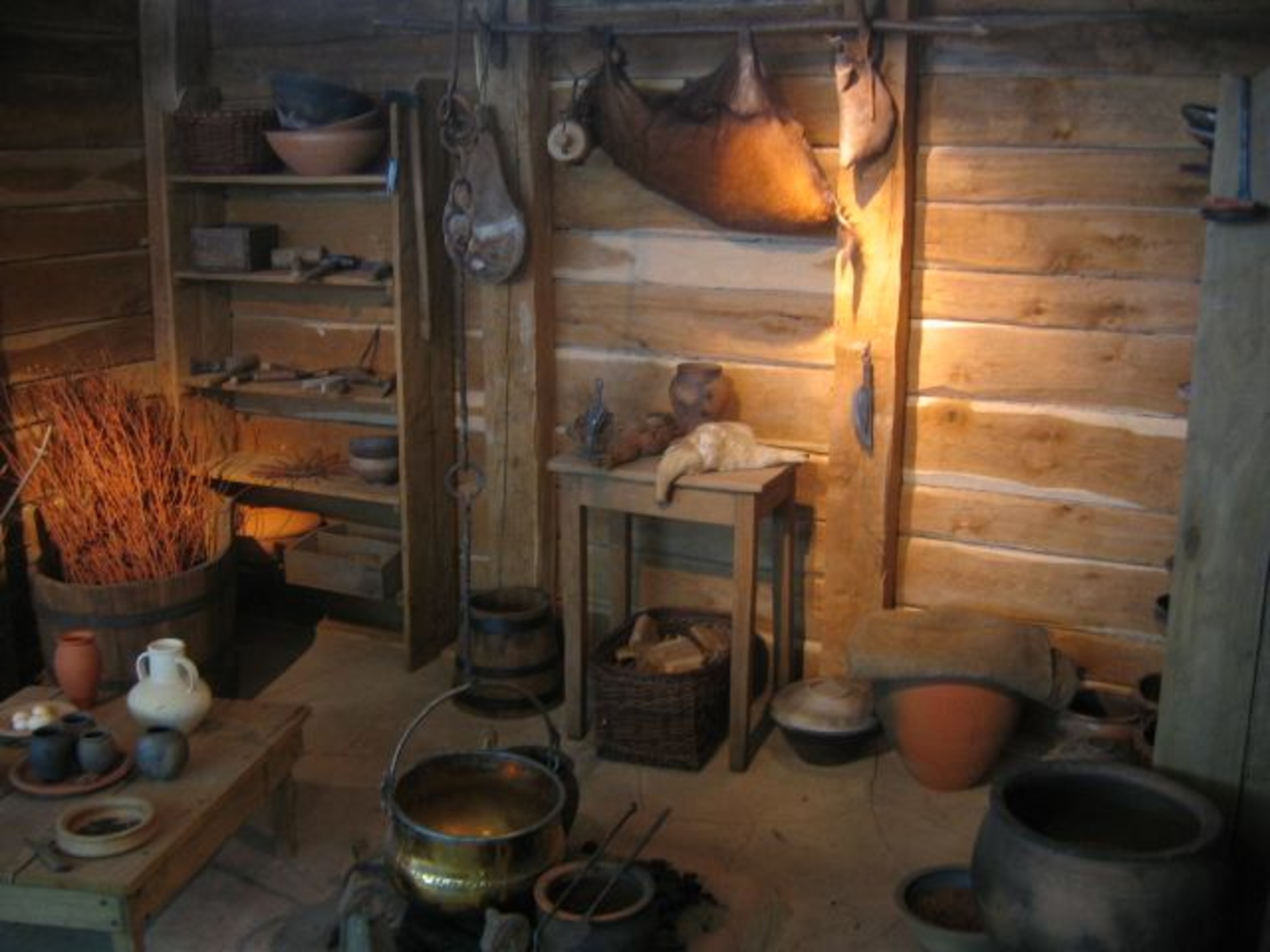- Home
- Artisans and farmers
- Daily life
A few of the objects discovered at Entremont: sickle, key, blacksmith pliers, fibula, cleaver
The ensemble of stone, clay, bone, metal and glass objects that the Entremont inhabitants used for their alimentation (millstones, tableware, kitchenware, knives…) clothing (spindle whorl needles), jewelry , housing (doors, keys, furniture…), and other work (burin, adze, gouge, wedge…) all show the complexity of their domestic environment.
The agricultural tools found (swing-plough, sickles, sickle, scythe) evoke an exploitation of the countryside. Wine and oil presses also indicate its importance at this site.
While the statuary provides us with some indications of the manners of wearing clothing and jewelry, direct evidence is lacking.
The study of necropolises allows archaeologists to analyze objects as symbols of the sex or social status of deceased individuals. However, the necropolis of Entremont is as yet unknown. Cremation, which was the dominant funerary practice of this period, destroys information concerning jewelry wearing. However, it should not be surprising that one of the two male skulls found opposite the jeweler’s workshop in the 1980’s was wearing an earring, or that an arm found nearby was associated with a glass bracelet.
In this way, the private lives of the Entremont inhabitants are revealed to us, while at the same time, their funerary practices remain vague. Their public lives are also visible, in the sphere of war, as is demonstrated by the presence of sling-stones, swords, shields, and spears…
The remains of two deceased men who were not buried. Since we have not yet found the necropolis of the site, these are the only known inhabitants of Entremont contemporary with its destruction. CCJ


